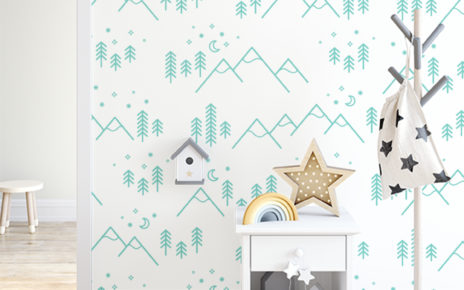Discovering a leak in your plumbing system is a stressful and messy experience. Water leaks cause extensive damage to your home if not addressed quickly. Knowing how to detect, diagnose, and repair common leaks saves you time, money, and a lot of headaches down the road.
Detecting a leak
The first signs of a leak are often visible damp spots on walls or ceilings, drips from pipes, or the sound of running water when fixtures are off. Plumbing leaks tend to show themselves in a few key areas:
- Near water heaters, boilers, and other water appliances – Corroded or cracked fittings are usual sources of leaks here. Inspect pipe connections for drips or rust accumulation.
- Under sinks – Drainage pipes, garbage disposals, spray hoses, and supply lines under kitchen and bathroom sinks are prone to loosening over time. Check for water droplets or puddles under fixtures.
- Behind toilets and tubs – Malfunctioning wax ring seals between toilets/tubs and drainage pipes leak. Look for moisture behind or around the base.
- In the basement or crawlspace – The main water and sewer lines running under the house are vulnerable spots. Look for pooling water, a musty smell, or wet areas among insulation.
If a leak isn’t visible, look for other signs like an abnormally high water bill, warping wooden surfaces, peeling paint or wallpaper, or mild or mildew growth. Unusual noises like water hammering through pipes or whistling from toilet valves also indicate issues.
Diagnosing the source
Once a leak is detected, pinpointing the exact location and cause is crucial for proper repairs. Here are some tips for leak diagnosis:
- Observe where water accumulates to trace it back to the source. For instance, a puddle under the kitchen sink likely stems from that location rather than somewhere else.
- Remove cover panels, insulation, or anything else blocking access to pipes Bondi plumbing specialists. Examine all fittings, joints, valves, supply lines, and drains.
- Perform a visual inspection of all sinks, faucets, appliances, and fixtures that use water, checking for cracks, corrosion, loose parts, or broken seals. Leaks will often leave visible mineral deposits.
- Conduct a water pressure test. Turn off all water at the main shutoff valve, and then open the highest and lowest faucets in the house. Check the meter for any movement that indicates a leak.
- Use a sounding rod or leak detector tool. These devices electronically detect the noise of water escaping pipes. Move along all accessible water lines and listen for louder and more distinct sounds.
Remember, what shows up first is likely the overflow of the actual leak source. Traceback and thoroughly check all connecting lines and components to find the origin. Persistent leaks should get professional attention to inspect areas like slab foundations, in-wall pipes, and underground yard lines.





